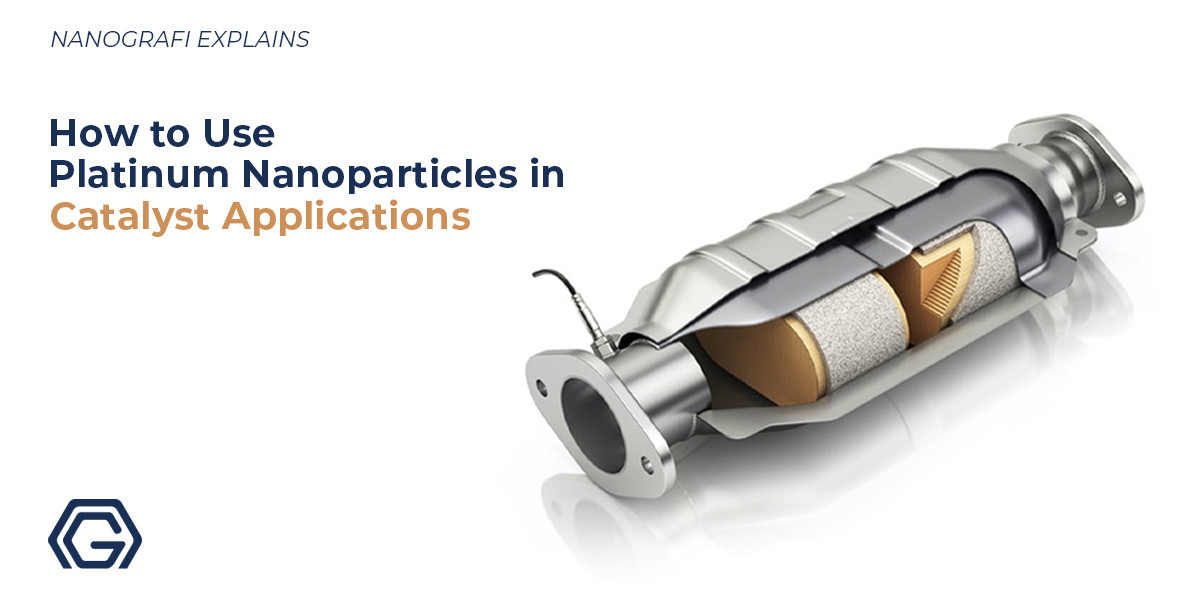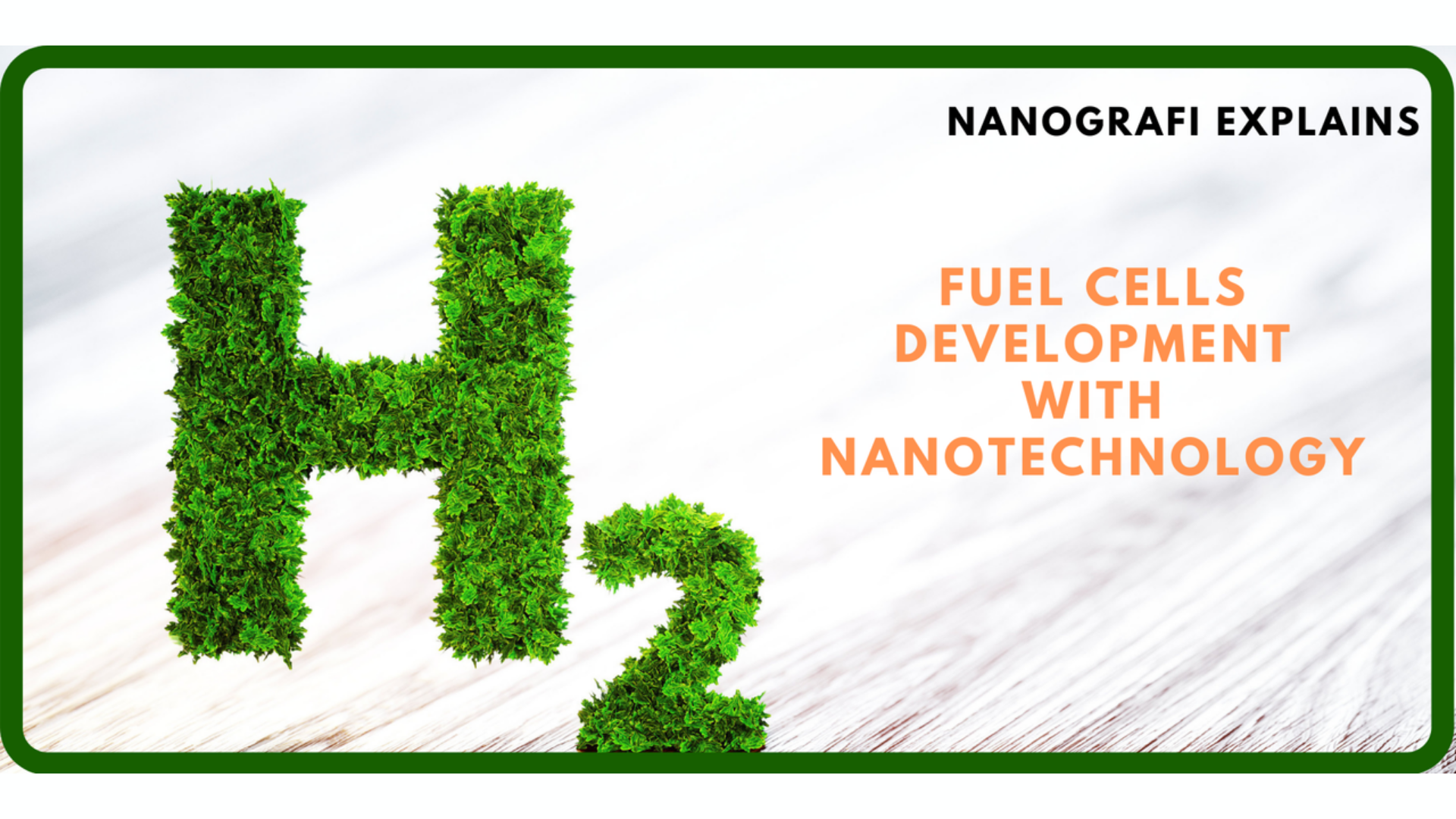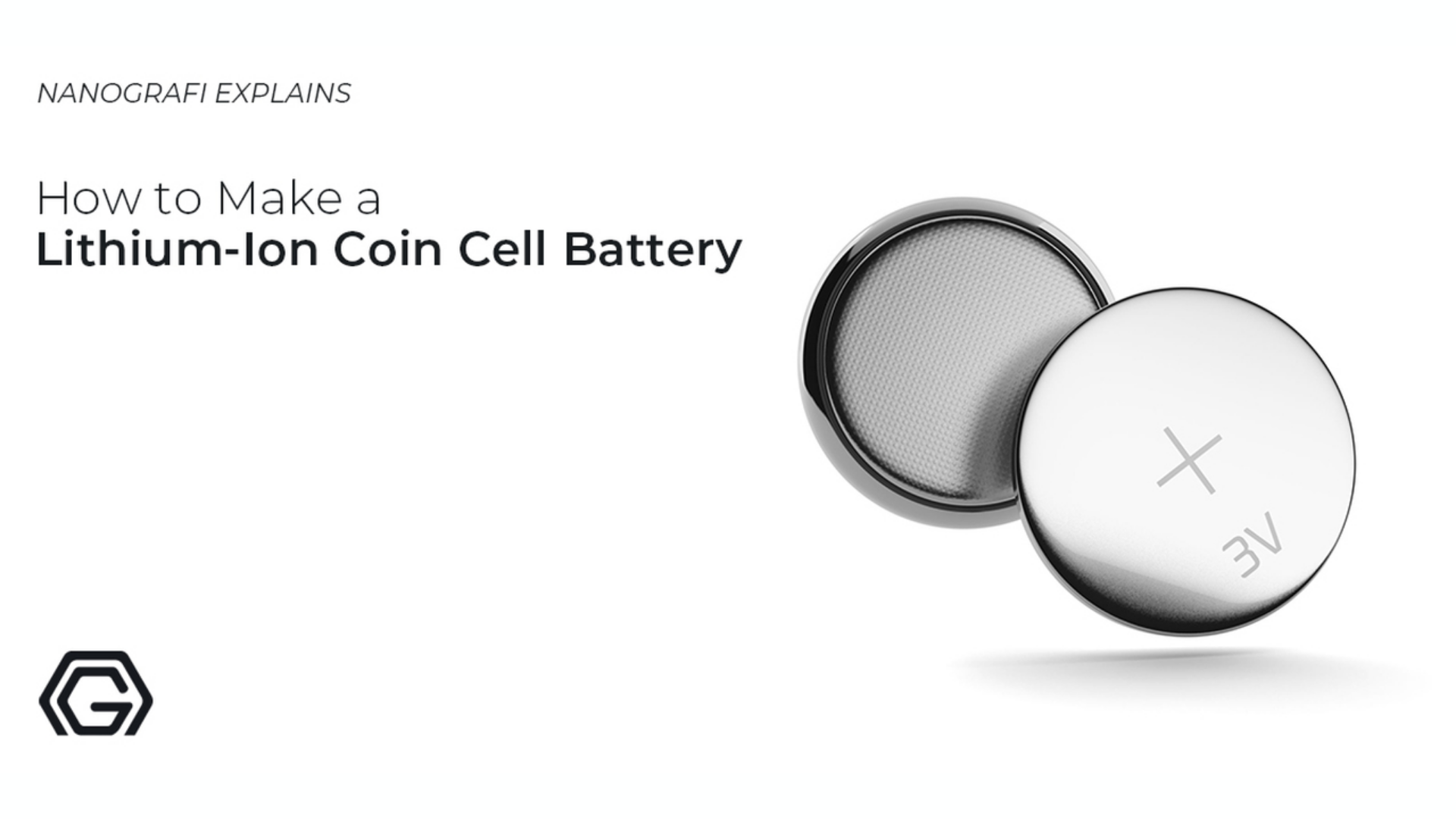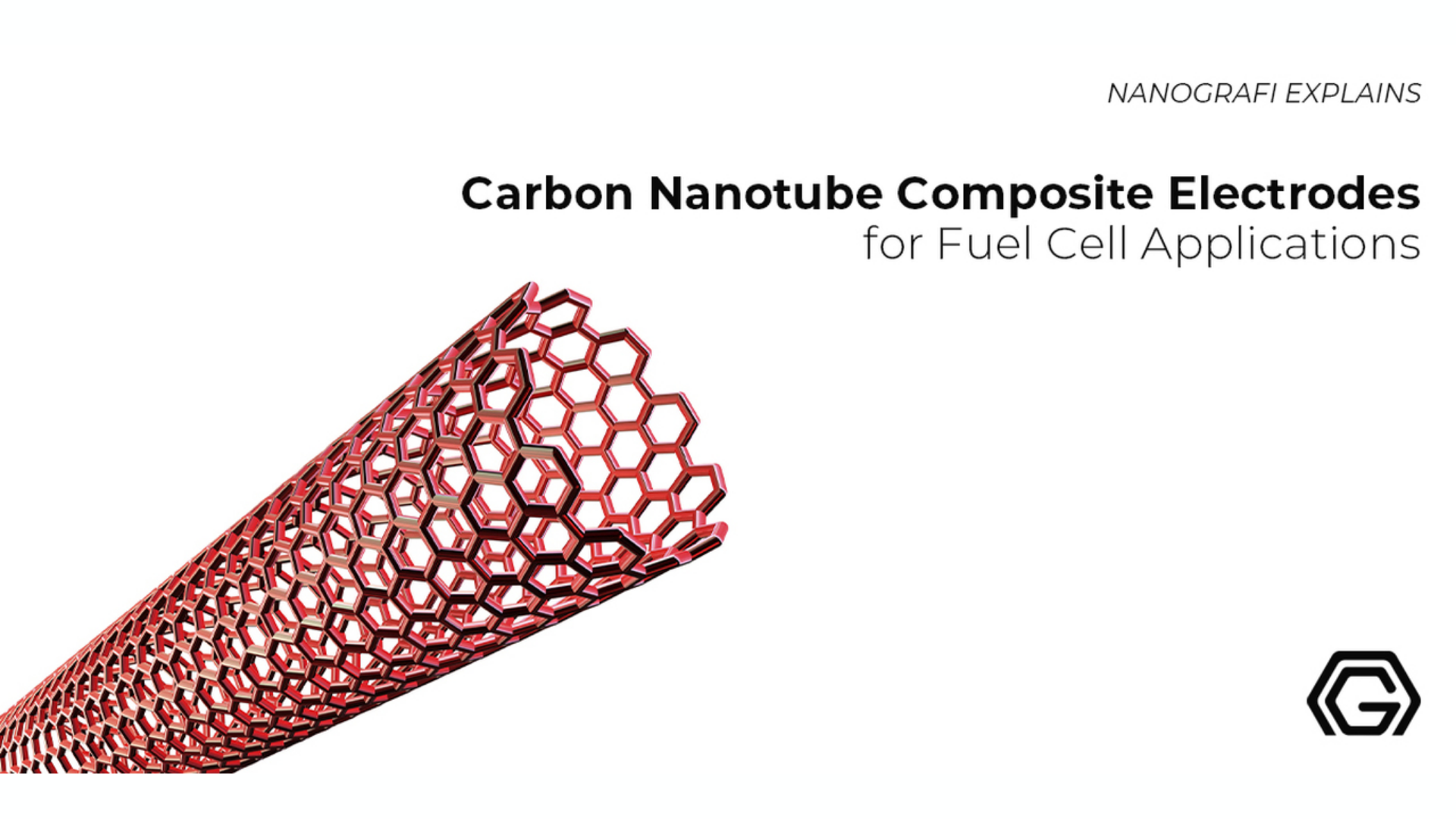How to Use Platinum Nanoparticles in Catalyst Applications For Fuel Cells
A fuel cell is a form of cell that is capable of converting chemical energy into electricity, all by a series of redox reactions that are carried out by the fuel cell itself. These fuel cells comprise an anode, an electrolyte, and a cathode which then take part in the redox reactions to produce the desired outcome.
Fuel cells have different types and variations owing to the different characteristics and features that these cells are capable of exhibiting. The incorporation of platinum nanoparticles in catalysts has proved highly beneficial for enhancing the applications of fuel cells as they provide efficiency to the cells and therefore benefit the industries and markets that are progressing with the help of fuel cells.
Introduction
A fuel cell is the one that is responsible for the conversion of chemical energy including hydrogen and oxygen into electricity via carrying out redox reactions. These cells are comparatively different from other batteries as they possess a continued source of fuel and oxygen so that they can contain the chemical reactions that are in process. However, in other batteries, chemical energy is obtained through metals and their respected ions and oxides which are a part of the batteries already. Fuel cells can produce electricity for the time when fuel and oxygen, are being supplied to the cell.
The invention of fuel cells
Sir Willaim Grove was the one who first invented the fuel cells in 1838. However, even after the invention, the use of fuel cells was initiated after a century as hydrogen-oxygen fuel cells were then invented and introduced by Francis Thomas Bacon back in 1932. Then another invention of a fuel cell was carried out known to be the alkaline fuel cell which came into existence by the mid of 1960s so that satellites and space capsules can be powered through it. Also, these are being used for NASA space programs as well. It was after then that the usage of fuel cells has been enhanced and increased to a great level for various purposes and industries.
To get more information about fuel cells,
you can read our other blog post.
Types of fuel cells
Fuel cells have different types but their components are always the same which include an anode, a cathode, and an electrolyte that catches ions which are the carriers of positively charged hydrogen ions known as protons. These are capable of moving between the two sides of fuel cells. The process of oxidation takes place at the anode which is capable of the generation of ions and electrons where ions are the positively charged hydrogen ions. The movement of ions happens from an anode towards a cathode via an electrolyte. However, while this process is going on direct current electricity is also being produced by the flow of electrons from the anode to the cathode via an external circuit. Water and other products are formed at the cathode with the help of another catalyst.
Classification according to the type of electrode
The classification of fuel cells is dependent upon the type of electrolyte that is being used and another thing is the difference that is experienced between the startup time which ranges from 1 second to 10 minutes. These time ranges vary for the proton-exchange membrane fuel cells and the solid oxide fuel cells. Another related technology works for the same purpose but in the case of flow batteries in which when the battery is recharged, the fuel gets regenerated too. However, it is seen that the individual fuel cells are rather capable of producing small electrical potentials almost of about 0.7 volts. This is for the cells to stay in a constant series position so that the required voltage can be produced and all the needs can be met.
To get more information about Li-Ion Coin Cell Battery,
you can read our other blog post.
Features
Every cell comprises different primary components and so is the case of a fuel cell which includes an electrolyte, an anode, and a cathode. For example, a fuel known to be hydrogen is transmitted to the anode compartment, and oxygen is an oxidant in the cathode compartment. A chemical force drives the oxygen and hydrogen so that they can react and the production of water can occur.
Chemical reaction
Certain chemical reactions take place in fuel cells however there is one simple reaction that is responsible for separating the fuel which is hydrogen from the oxidant which is oxygen. The electrolyte which is present acts as a barrier for diffusing the gas whereas transportation of ions continues. In this case, the half-cell reactions continue to take place at cathode and anode as a result of which ions are produced which are responsible for traversing the electrolyte.
Progress in technology
Progress in technology has been continued ever since its existence however, it takes place one step at a time. In the case of fuel cells as well, substantial progress is being made over the last decades but a question arises that the fuel systems of today’s world are complex because of their cost and designs that are being brought up by the materials that are available and being utilized for this purpose.
Sensitivity of metal electrocatalysts
The sensitivity of metal electro-catalysts plays a pivotal role in the functioning of these fuel cells as they certainly depend upon the electro-catalysts for their proper working and functioning. In case of shutting down of even a single auxiliary component, the entire fuel cell shuts down and its functioning gets altered. The breakthroughs are highlighted here in the case of electrolyte and electrode materials which are responsible for simplifying the working of fuel cells and their design.
Working of fuel cells
There are different varieties of fuel cells owing to their unique characteristics but this does not affect their working mechanisms as they all continue to work in the same capacity. These are comprised of three segments all of which are adjacent to each other known as anode, electrolyte, and cathode. Other than that, two of the chemical reactions are carried out at the interfaces of these three segments. The results are different for each reaction and can alter depending upon the characteristic of the material involved.
Catalyst oxidization
The process of catalyst oxidation takes place at the anode which is capable of oxidizing the fuel which is certainly hydrogen. This enables the changing of fuel into an ion that carries a positive charge and an electron that carries a negative charge. The electrolyte that is utilized for this process is specially designed so that the ions can travel through it rather easily whereas the electrons cannot. The electrons that are present in their free state then travel via a wire which produces the electric current. The ions are then ready to travel via the electrode towards the cathode. When these ions reach the cathode, they reunite with electrons so that the production of oxygen can occur when is usually used for the formation of either water or carbon dioxide.
Design features in a fuel cell include
- The first one is the substance with which the electrolyte is made up, this is one thing that tells us the type of fuel cell and a lot of substances can serve this purpose including potassium hydroxide, salt carbonates, and phosphoric acid.
- Next is the fuel that is used to run these cells and the most common one is hydrogen.
- The anode catalyst is responsible for the formation of ions and electrons and is mostly consisting of platinum powder.
- The cathode catalyst is responsible for the convergence of ions into waste chemicals and in this case water serves as the waste, mostly.
- Layers of gas diffusion are responsible for resisting oxidization.
What are the Uses of Platinum Nanoparticles in Catalyst Applications for Fuel Cells
Nanoparticles are one of the most important components for bringing progress in the future of energy-related technologies therefore, such methods are required which are cost-effective and can produce nanoparticles in a bulk to keep the technology world progressing. These nanometer-sized particles play a role to carry out the synthesis of energy-producing agents. Hydrogen is produced from solid, liquid, or gaseous carriers of energy in this entire process.
Catalyst activities
The catalyst activities are dependent on the properties which are usually dependent on the sizes of the products involved. Nanoparticles are used as the electrocatalysts for fuel cells and all the other technologies that play the role of electrochemical converters. It is evident from all the research that the functioning and performance of fuel cells solely depend on the performance of electrode materials involved. The introduction of platinum as a nanoparticle in catalyst application of fuel cells has proved highly beneficial for the fuel cells and has also become a new and growing area of interest during the past years. Recent researches support this idea too because clear enhancement has been observed for the fuel cells and their applications.
Precursor
H2PtCl6 is the common precursor that’s utilized in the synthesis of platinum nanoparticles. Usually, the precursor is dissolved in an organic or aqueous liquid phase. The reducing agent’s introduction commonly influences the chemical step for changing the dissolved metal precursor to the solid metal. Other chemical steps like electrochemical reactions, displacement, or decomposition, are also possible. Other than initiation through physical mixing, electrochemical (Zoval et. al. 1998), sonochemical (Chen et. al. 2003), or radiolytic means (Belapurkar et. al.2001), can be used to activate the chemical step. Also, other than the chemical steps, various more physical steps are needed in a working electrode between the initial precursor state to the final supported state.
Platinum Nanoparticles' Atomic Layer Deposition on Carbon Nanotubes for the Application in Proton-Exchange Membrane Fuel Cells
High-k dielectric films are made by using atomic layer deposition (ALD) as it is broadly utilized for this purpose for the dynamic random-access memory’s capacity layer and metal–oxide–semiconductor field-effect transistors. ALD processes’ self-limiting gas-solid reaction allows remarkable control of thickness, good uniformity over a large area, and conformal coating on the highly complex nanostructures. Moreover, particles are made instead of a film sometimes, like ZrO2 and TiO2 on silica, which has the potential to destroy the film’s conformality and uniformity.
Catalysis
Particles are preferred to films although for catalysis a larger surface-area-to-volume ratio is possessed by them. ALD has made nanoparticles for noble metals like Pt, Ru, Pd, and Ir in 2-3 nm of size range and Cu/Pd alloy in 2-6 nm of a size range, on alumina or silica supports for numerous catalytic applications. ALD was recently used to deposit Pt nanoparticles on carbon aerogels for CO oxidation. With only 0.047 mg cm2 of Pt loading, almost 100% conversion efficiency was attained. There is a broad usage of Pt nanoparticles in the energy-conversion reactions of the PEMFCs (proton-exchange membrane fuel cells).
High platinum loading
Although, in the state-of-the-art thin-film electrode, there is still a high Pt loading of more than 0.1 mg cm2. There has been the application of the electrodeposition for increasing Pt-utilization efficiency through the deposition of the catalyst on the electronic and ionic pathways. Although, comparatively, it has high Pt loading and low productivity. Pt can be directly deposited on the substrate by using sputtering but the Pt particles can't penetrate the porous support's deep regions. In this study, ALD is consequently introduced for overcoming these problems.
Utilization of oxygen and air
In Pt’s ALD, a thickness-controllable and uniform particle-like Pt film is grown by using oxygen or air and (methylcyclopentadienyl) trimethyl platinum (MeCpPtMe3) as precursors. In the film, Pt's grain size is between 20-40 nm and the growth rate ranges from 0.1-0.5 A˚ cycle1. Pt/TaNx barrier/seed stacks are produced by using ALD, and PT coating's remarkable step coverage is obtained with an 11 aspect ratio in a 120-nm-wide trench. In solid oxide fuel cells, ALD has been implemented too for depositing Pt catalysts.
Anodes’ performance
These anode's performance is the same as that of the performance of anodes that are made by sputtering but contained only one-fifth of the Pt's amount. ALD has been used in this study for the first time for the deposition of the Pt nanoparticles on the carbon supports for a PEMFC as the catalyst. As compared to the process that was utilized for depositing noble-metal nanoparticles, the process that’s adopted here is different.
Carbon nanotubes
Si substrate was placed with acid-treated carbon nanotubes (CNTs) of a 3.5-mm-thick layer, and then ALD was used to deposit Pt on the carbon nanotubes. There were observations of the Pt nanoparticle's conformal deposition on the carbon nanotubes throughout the layer, as the cross-section scanning electron microscopy (SEM) micrograph shows. A uniform size is possessed by the Pt particles across the thickness of the layer, even near the Si wafer's surface.
To get more information about CNTs for fuel cell applications,
you can read our other blog post.
Surface reactions
The occurrence of reactions is determined by the substrate's surface condition as the ALD process takes place by the surface reactions. According to observations, without acid treatment, there could be no deposition of Pt on carbon cloth. Pt particles can be deposited as white dots after the acid treatment. This can be because of some surface functional groups being present which give reactive sites for the surface reactions.
Just like that, there could be no deposition of Pt when there was a pasting of the acid-treated carbon nanotubes mixed with 0.06 wt% polytetrafluoroethylene (PTFE) onto the acid-treated carbon cloth, as PTFE forms no reaction with MeCpPtMe3 molecules. Although, when 0.0006 wt% was the PTFE concentration, Pt’s uniform deposition on the carbon nanotubes was obtained. Pt particles dispersion on both the CNTs and carbon cloth was quite good enough. The deposition of Pt on the two substrates is attributable to the island-growth mode.
Platinum’s loading on the carbon cloth
Pt loading amount on the carbon cloth with ALD's 100 cycles increases with the increase in the acid-treatment time. The nucleation densities also increase with the increase in the acid-treatment time. They also counted in a unit area of CNTs and carbon cloth. 1011 cm-2 of the particle densities were possessed by both the carbon cloth and carbon nanotubes. In conclusion, as the acid treatment time increases, more functional groups are attached to the surface, leading to a larger nucleation density and therefore a higher Pt loading. According to findings, as compared to the carbon cloth, carbon nanotubes possess a lower nucleation density for the same acid-treatment time as when it comes to a more stable structure of the surface, the carbon nanotubes are better than the carbon cloth.
Use of acid treatment
When platinum gets loaded upon the carbon cloth with the aid of acid treatment for close to six hours, an increase is observed in the cycle number. The value for this loading system can be below 0.01 mg cm2 whereas the ones with the higher loading can be 0.1 mg cm2 which is carried out by the thin film method. It is observed that two regions are present in the platinum loading curve. The high growth rate can be observed in the initial stages that too for just the first few cycles which is responsible for the formation of a large number of functional groups which are present on the carbon cloth that is treated by the acid. The functional groups that are present at the surface are full of characteristics that enhance the functioning of platinum nanoparticles and become highly reactive. However, the growth that is related to the substrate provides efficacy to the entire growth process.
Formation of functional groups
The functional groups are formed with the help of varying lengths due to acid treatment time that are examined by an instrument known as the Fourie r-transform infrared spectroscopy which is commonly known as FTIR. There are different sorts of bands present that have varying values, these are examined and then worked upon according to the functional group that gets attached to the respective substrate. It is then observed that the intensity of all these bands starts to increase with time as the acid-treatment time increases so does the intensity of the band. The major function of these functional groups is the assist in the process of deposition of platinum because if these functional groups are absent then the process of deposition of platinum on carbon cloth cannot be carried out.
Advantages of ALD of Platinum
Like every other particle, Platinum comes with a lot of advantages too including simple processing mechanisms, a large surface area, and promising techniques to enhance the production of associated products specifically in the case of fuel cells in the case of which platinum and its working can be controlled and worked upon. When these advantages combine, they altogether enhance the productivity and functioning of the materials that become a part of platinum so their applications can be used to increase the market value of the industries involved.
Deposition of Platinum particles
ALD is categorically used for the deposition of platinum nanoparticles on carbon cloths as well as carbon nanotubes so that the applications involved can be controlled and maintained. In this way, the platinum nanoparticles which are coated on the acid-treated carbon nanotubes can be successfully achieved. However, it was observed that the carbon cloth and carbon nanotubes were capable of experiencing good dispersion. As explained earlier, the substrate surface is responsible for the controlling cycle number and all the underlying conditions. All the functional groups attached also go through the screening processes so that the effect and number of functional groups present can be explained in accordance.
Conclusion
Fuel cells are extremely important for the growth of today's industries and the market as they are capable of bringing advancements and ease in their respective fields and manners so it is important to keep introducing the products that are highly beneficial for enhancing the productivity of these fuel cells. The use of platinum nanoparticles in the catalyst is proving to serve that purpose and massively increase the production and application of these cells.
To get more information, you can visit our Blografi.
References:
https://cutt.ly/JGr2RFC
https://www.understandingnano.com/
https://nanoscalereslett.springeropen.com/articles/10.1186/s11671-018-2799-4
https://www.nature.com/articles/s41427-020-0223-x
https://www.frontiersin.org/articles/10.3389/fenrg.2019.00066/full
Recent Posts
-
Reducing the Carbon Footprint of Nanomaterials
The production of nanomaterials is vital for numerous advanced applications, from healthcare to elec …26th Apr 2024 -
Nanocomposites in Food Packaging
The utilization of nanocomposites in food packaging represents a significant advancement in the fiel …19th Apr 2024 -
What is the Difference Between 7075 and 6061 Aluminum Alloy?
When comparing 7075 aluminum alloy to 6061 aluminum alloy, it's essential to understand their disti …5th Apr 2024








